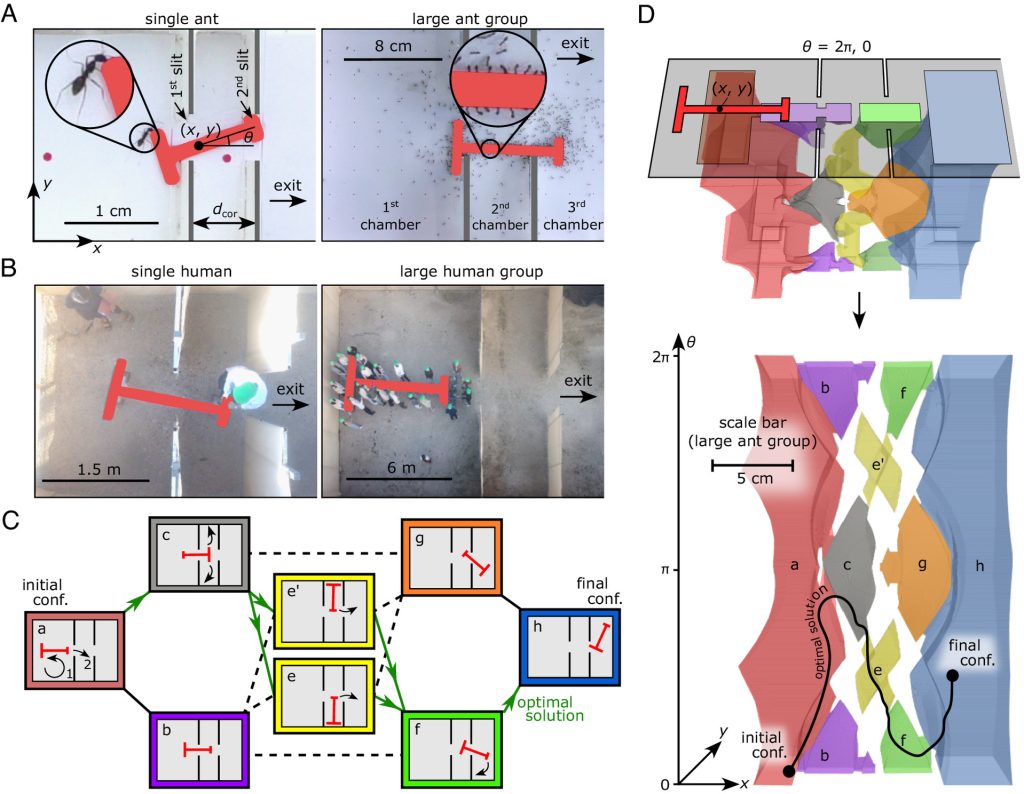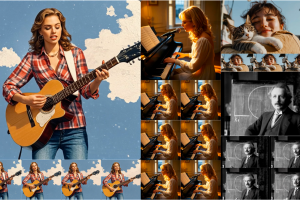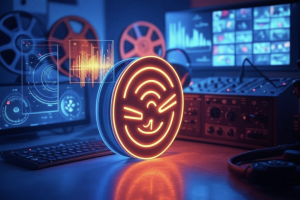Understanding how collective intelligence works is an intriguing puzzle in the study of group dynamics. While it is widely acknowledged that collaboration can boost cognitive abilities, what exactly enables groups to perform better than individuals? A fascinating study comparing the problem-solving strategies of ants and humans sheds light on this question.
The Puzzle: Testing Collective Intelligence
Researchers designed a complex geometric puzzle, known as the “piano-movers” puzzle, to observe how different species solve a challenging problem. The goal was simple: maneuver a T-shaped load through a confined arena. While this task may seem straightforward for an individual, it becomes a test of collective coordination when scaled up.

Both humans and ants were tasked with solving this puzzle, either alone or in groups. The results revealed intriguing insights into how group size and communication impact performance.
Ants Perform Better in Larger Groups
In the case of ants, the more the merrier. Large groups of ants significantly outperformed individuals and smaller groups. The secret behind this success lies in their simple yet effective communication methods. By working together, ants displayed an emergent collective memory, which allowed them to persistently move the load in a coordinated fashion. Despite lacking complex cognitive abilities, ants used force-based communication and a heuristic approach to follow boundaries, optimizing their group efforts to solve the puzzle efficiently.
Humans: More Complex Minds, but Challenged by Group Size
Interestingly, the opposite trend was observed in humans. While individuals were able to solve the puzzle efficiently, group performance did not improve as expected. In fact, when communication was restricted, human groups performed worse than individuals. This decline in performance mirrors ant behavior in some ways, as groups resorted to the simplest solutions when deprived of the ability to communicate effectively.
Humans, with their advanced cognitive abilities, can comprehend the global nature of the puzzle and navigate through it with fewer steps. However, the interpersonal differences within a group lead to inefficiencies when it comes to collective decision-making. When communication is restricted, groups tend to act in a more “greedy” manner, opting for the easiest solution at the expense of better, more optimal paths.
The Role of Communication
The study found that communication played a crucial role in human group performance. When allowed to communicate freely, human groups were able to share ideas, make better decisions, and outperform individuals marginally. This highlights the importance of dialogue and consensus-building in solving complex tasks. Conversely, in restricted communication conditions, groups defaulted to simple, inefficient strategies, mimicking the behavior of ants in more challenging environments.
Why the Difference?
The core difference between ants and humans lies in their cognitive architecture. Ants, with their simpler minds, excel in group settings where individual cognition is less important than collective cooperation. The simplicity of an ant’s brain allows it to contribute to a group effort without becoming a bottleneck, as each individual can act in sync with the group without needing to process complex information.
On the other hand, humans, though individually more capable, struggle with the coordination of their complex cognitive processes in group settings. While each person may solve the puzzle faster on their own, the need for consensus and communication in larger groups often leads to inefficiencies.
Implications and Future Research
The findings of this study provide a valuable lesson in the balance between individual cognition and collective cooperation. In species like ants, collective intelligence emerges from simple, rule-based interactions, which scale efficiently with group size. For humans, however, the ability to cooperate effectively often depends on communication and consensus-building, making larger groups more challenging to manage.
This study not only sheds light on the cognitive dynamics of ants and humans but also opens the door for further research on collective intelligence in other species. Understanding these mechanisms can offer valuable insights into improving collaboration in human teams and even in the design of cooperative robotic systems.
look at full article https://www.pnas.org/doi/10.1073/pnas.2414274121
T Shape Problem Solving Test
Comparing cooperative geometric puzzle solving in ants versus humans















Add Comment